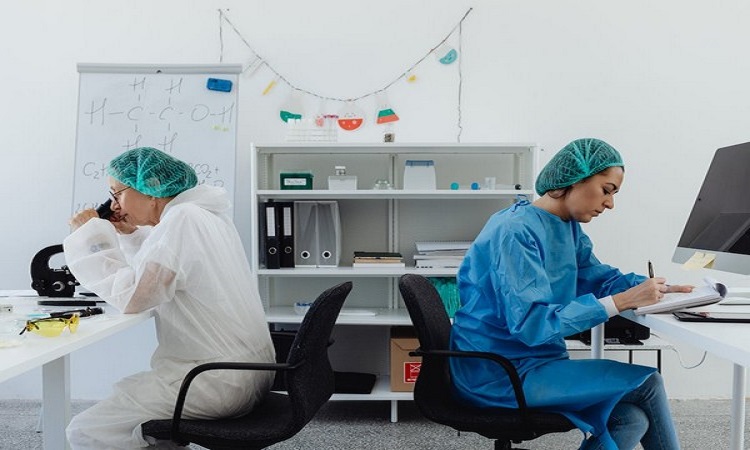
London: The Francis Crick Institute, King's College London, and University College London researchers have shed light on the genetics underpinning changes in the structure and form of the face and skull in a mouse model of Down Syndrome.
The researchers discovered that having a third copy of the gene Dyrk1a and at least three other genes were responsible for these modifications to development, known as craniofacial dysmorphology, which includes shortened back-to-front length and widened diameter of the head.
Down Syndrome is a 'gene dosage problem,' affecting one in every 800 live births. People with Down Syndrome have three copies of chromosome 21 rather than two. Three copies of specific genes on this chromosome induce Down Syndrome-like symptoms, however, it is unknown which genes are responsible.
Teams led by Victor Tybulewicz of the Francis Crick Institute and Elizabeth Fisher of University College London used genetic engineering to develop mice strains with three duplications on mouse chromosome 16, simulating the presence of a third chromosome 21. The mice exhibit many characteristics linked with Down Syndrome, such as abnormalities in the form of the face and skull.
Previous research has linked a gene called Dyrk1a to aspects of Down Syndrome, so the researchers wanted to test how it impacted craniofacial dysmorphology.
Now working with Jeremy Green's group at King's College London, they showed that mice with an extra copy of Dyrk1a had a reduced number of cells in the bones at the front of the skull and in the face. Also, cartilaginous joints at the base of the skull called synchondroses were abnormally fused together. These effects were partly reversed when the third copy of Dyrk1a was removed, showing that three copies of Dyrk1a are necessary to cause these changes in the skull.
The researchers believe that having a third copy of Dyrk1a hinders the growth of neural crest cells that are needed to form the bones at the front of the skull. In addition to Dyrk1a, the research showed that three other genes also contribute to the changes in the skull, but more research is needed to confirm their identity.
Victor Tybulewicz, Group Leader of the Down Syndrome Laboratory at the Crick, who worked with first author Yushi Redhead, said: "There's currently limited treatments for the aspects of Down Syndrome which have a negative impact on people's health, like congenital heart conditions and cognitive impairment, so it's essential we work out which genes are important.
"Understanding the genetics involved in the development of the head and face gives us clues to other aspects of Down Syndrome like heart conditions. Because Dyrk1a is so key for craniofacial dysmorphology, it's highly likely that it's involved in other changes in Down Syndrome too." Researchers at King's College London used shape-measuring tools to map the changing skull shape of the mice. These showed changes in skull shape that were remarkably similar to those seen in people with Down Syndrome.
Jeremy Green, Professor of Developmental Biology at King's College London said, "With the help of great collaborators at the University of Calgary in Canada and a medical imaging software group here at King's, we were able to apply both quite traditional and some very novel methods for comparing complex anatomical shapes. These were sensitive enough to pick up differences even at foetal stages. This helped us pin down not only the locations of genes that cause Down Syndrome but also get clues as to how those genes cause the differences that they do."
This research forms part of an ongoing project to understand the genetics of Down Syndrome. The researchers will next aim to identify the genes involved in heart defects and in cognitive impairment, bringing us a step closer to understanding how to develop targeted treatments for aspects of Down Syndrome which impact health. (ANI)







